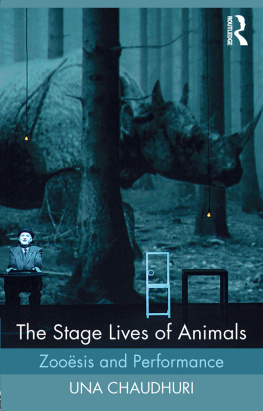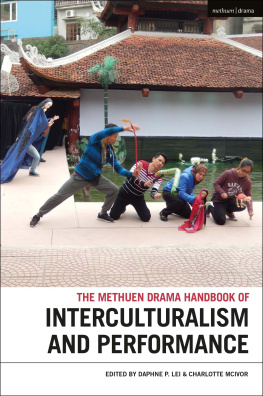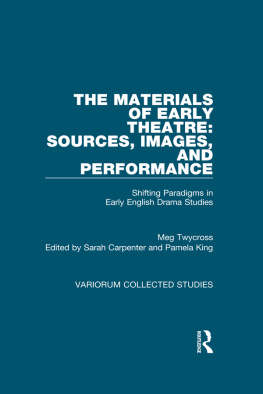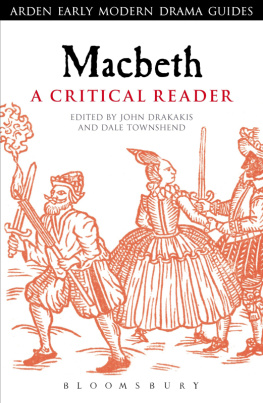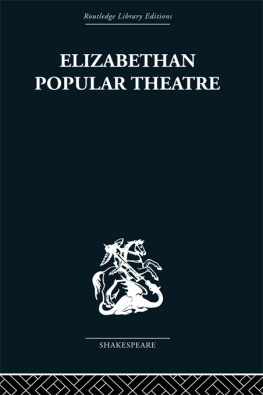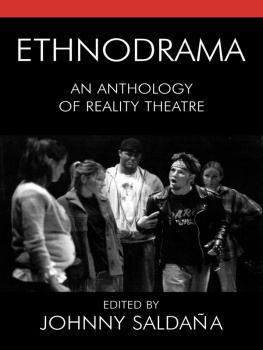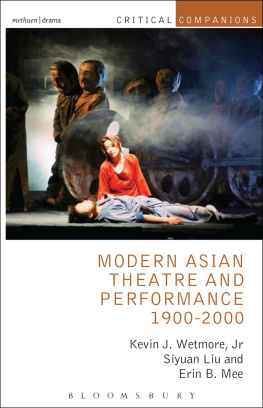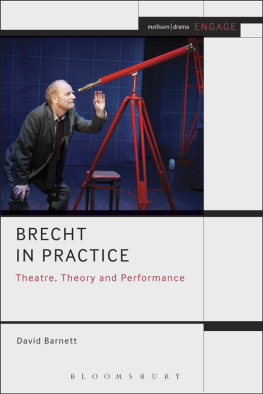
The Performance of Religion
The performing arts are uniquely capable of translating a vision of an ideal or sacred reality into lived practice, allowing an audience to confront deeply held values and beliefs as they observe a performance. However, there is often a reluctance to approach distinctly religious topics from a performance studies perspective. This book addresses this issue by exploring how religious values are acted out and reflected on in classic Western theatre, with a particular emphasis on the plays put on during the Globe Theatres yearlong season of Shakespeare and the Bible.
Looking at plays such as Much Ado About Nothing, Doctor Faustus, and Macbeth, each chapter includes ethnographic overviews of the performance of these plays as well as historical and theological perspectives on the issues they address. The author also utilizes scholarship from other academics, such as Paul Tillich and Martin Buber, in examining the relationship between art and culture. This helps readers of this book to look at religion in culture, as well as raise questions and explore ideas about how people appraise their religious values through an encounter with a performance.
The Performance of Religion: Seeing the Sacred in the Theatre treads new ground in bringing performance and religious studies scholarship into direct conversation with one another. As such, it is essential reading for any academic with an interest in theology, religion and ethics, and their expression in culture through the performing arts.
Cia Sautter obtained her PhD at the Graduate Theological Union in Berkeley, CA. She is a professional performer and has taught religious and performance studies at several US institutions and seminaries. She is also the author of The Miriam Tradition (2010) and numerous other chapters and articles.
First published 2017
by Routledge
2 Park Square, Milton Park, Abingdon, Oxon OX14 4RN
and by Routledge
711 Third Avenue, New York, NY 10017
Routledge is an imprint of the Taylor & Francis Group, an informa business
2017 Cia Sautter
The right of Cia Sautter to be identified as author of this work has been asserted by her in accordance with sections 77 and 78 of the Copyright, Designs and Patents Act 1988.
All rights reserved. No part of this book may be reprinted or reproduced or utilised in any form or by any electronic, mechanical, or other means, now known or hereafter invented, including photocopying and recording, or in any information storage or retrieval system, without permission in writing from the publishers.
Trademark notice: Product or corporate names may be trademarks or registered trademarks, and are used only for identification and explanation without intent to infringe.
British Library Cataloguing in Publication Data
A catalogue record for this book is available from the British Library
Library of Congress Cataloging in Publication Data
A catalog record has been requested for this book
ISBN: 978-1-138-24288-3 (hbk)
ISBN: 978-1-315-27751-6 (ebk)
Typeset in Sabon
by Apex CoVantage, LLC
Contents
1
Prologue
I write this book because I see and hear the sacred all around me as a performer interested in religion and culture. Often I find this reality for me, and many others, is not a topic of discussion in theatre and performance studies, or even religious studies. While performance studies in religion is a growing field, and reviving discussion about religion in culture, I wanted to explore what I saw was missing is much of the literature that dealt with this topic. That is, examining how profoundly religion and values affect everything we do in life, not just rituals or acts that are considered obviously religious. We are always performing our religion, and that performance simply is amplified in theatrical performance. As a scholar, I knew theatre, dance, and the arts had attracted the attention of Rudolph Otto, Geradiaus Van Der Lieuw, Emile Durkheim, and then especially Martin Buber and Paul Tillich. Other scholarship seemed overly focused on specific non-Western cultures; while such focus may be necessary to avoid sweeping generalizations about religion, ritual, and theatre, the tendency may be to avoid discussion about how one might study religion and culture as a whole. Yet in a global, multicultural age, there seems to be a need to consider religion as performance, and reexamine the place of the arts and spirituality in a society, and especially Western society.
In making this statement, I have a broad interpretation of religion as ones highest values and vision of a sacred reality that may or may not be tied to an organized religious tradition. Defining religion as dogma or belief alone seems far too narrow, given how people actually live. To my knowledge, no one has developed an all-encompassing definition of religion, and scholars like William Cantwell Smith, and Jonathan Z. Smith, and Tomoka Masuzawa even suggest it is a problematic term. However, I found my study of performance aided me in understanding how people act on what they value most, and how this is related to what many people would define as religion. In fact, some of the more effective textbooks I used in teaching about World Religions leaned toward anthropological and phenomenological methods, because these approaches considered how people actually practiced their most treasured values, and this then allowed for discussion of religion and culture.
I do have perhaps a unique perspective as a performer and researcher, and in keeping with feminist methodologies, recognize how my own story affects my view of academics. In sum, my fascination with the link between the performing arts and religion started in college, when a dance professor read a section from Rudolph Ottos The Idea of the Holy , on a child spinning and dancing and thereby experiencing the numinous. I had long known that feeling myself when I danced, but would also experience it at times when watching a good performance. My favorite had always been Shakespeare, and I was eager to learn more about his dramas in my English classes. Sadly, I was not able to do so in the theatre department, as the classes were largely about dance and acting technique. Instead, I double-majored in English and Religion, while spending some significant time in dance and theatre classes. There, I found students and faculty suspicious of religion, and the standard line was that arts flourished once the Church no longer sponsored them. Religion was presented as the confining, censoring enemy of the arts, even though this was not true worldwide, or necessarily in modern culture. Ironically, it was the Religion department that let me explore my interests, and especially through the study of Judaism and mysticism.
Years later I attained a doctorate in Religion and the Arts combined with major methodologies in History of Religions from the Graduate Theological Union in Berkeley, California. Exploring religion and spirituality through the arts was for the most part considered normal at GTU and in the San Francisco Bay area community. Perhaps because there was more exposure to a variety of religions, there was more understanding that it did not stop at a church or synagogue door. It made much sense to me from a Jewish perspective, where religion is not confined to a sanctuary but lived in society. As I began to teach classes on world religions, I also found the perspective extremely helpful for students, who were less concerned about what others believe and more interested in how people practice their religion.


